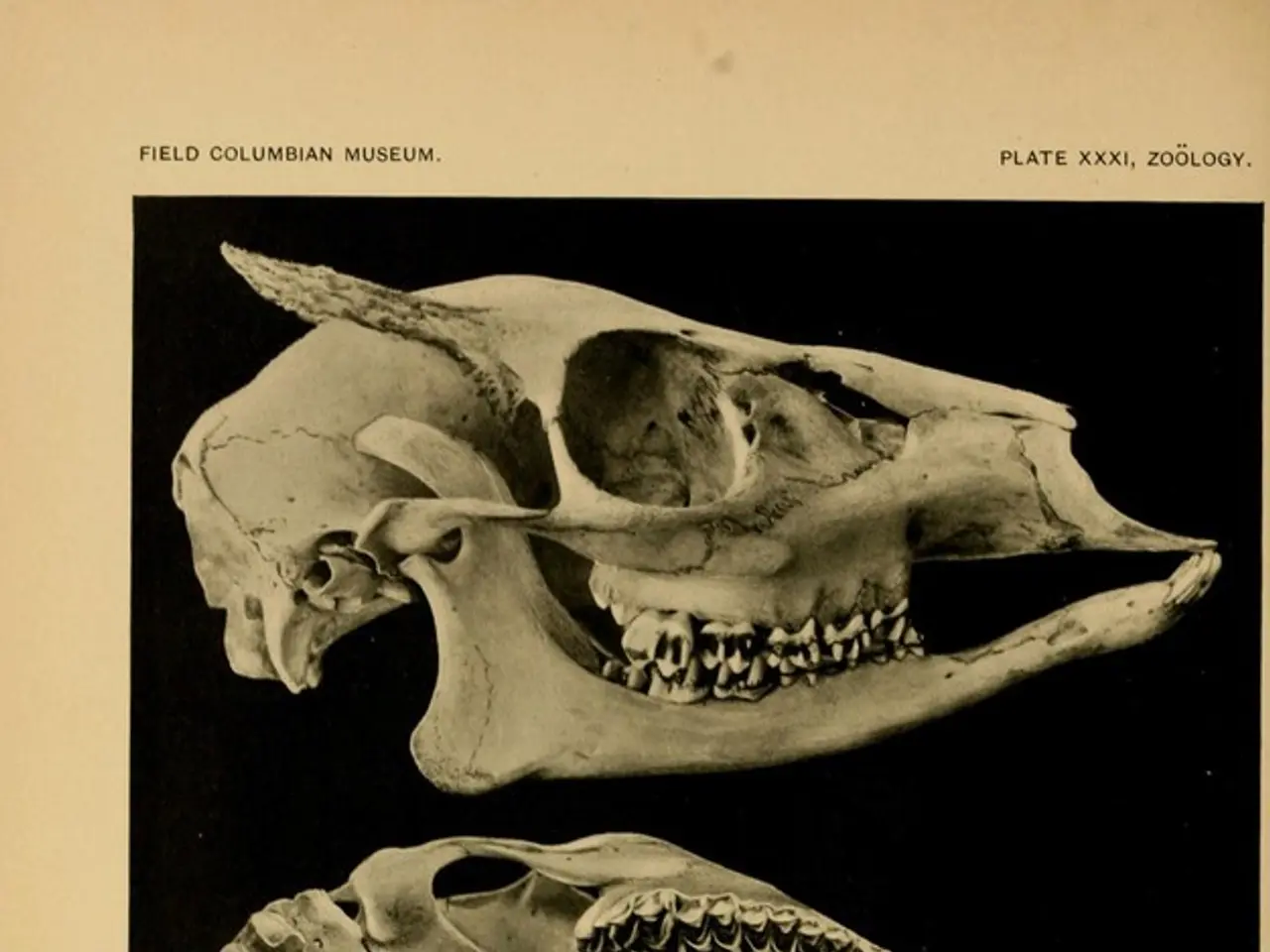A comprehensive exploration of the human brain and strategies for maintaining its optimal wellness for extended periods.
The human brain, a complex and intricate organ, is divided into several major parts, each with specific functions essential for life processes, sensation, movement, cognition, and emotion.
At the base of the brain lies the brainstem, which connects to the spinal cord and controls automatic, life-sustaining functions such as breathing, heart rate, blood pressure, and sleep-wake cycles. It also manages reflexes like swallowing, coughing, and blinking, and acts as a communication relay for sensory and motor signals between the brain and body. The midbrain, a part of the brainstem, contains structures like the tectum and tegmentum. The tectum includes the superior colliculus, which processes visual information and eye movement coordination, and the inferior colliculus, which handles auditory processing and reflex coordination. The tegmentum regulates pain signals, autonomic functions, and sleep-wake cycles [1][3].
As we move up the brain, we encounter the forebrain, responsible for processing sensory signals, storing memories, and enabling higher cognitive functions such as thought and decision-making. It includes regions like the cerebral cortex and limbic system. The cerebral cortex, the outer layer of the forebrain, is key for sensory integration, motor control, and higher intellectual functions such as reasoning, language, and consciousness [2][4]. The limbic system, nestled within the forebrain, regulates emotion, memory formation, and motivation.
The cerebellum, a part of the hindbrain, coordinates voluntary movements, balance, and posture.
In summary, the brainstem controls vital automatic functions, the midbrain processes sensory inputs and reflexes, the forebrain manages complex thought, memory, and perception, and the cerebral cortex is involved in advanced brain functions like sensory perception and decision-making [1][3][4][5].
Remember Lucy, our three-million-year-old ancestor? Remains of Australopithecus afarensis suggest that her brain was about a third of the size of ours. Recent research shows that although A. afarensis brains were organised like those of apes, they took longer to grow, meaning the primates had a longer childhood - just like modern humans [6]. Interestingly, while Lucy and her relatives' brains made up around 1.3% of their total body weight, those of the first Homo species that lived about two million years ago made up closer to 1.7%. Our own, more advanced brains account for 2.2% of our body weight [7].
In modern times, advancements in technology have led to remarkable breakthroughs. In 2020, researchers unveiled a 'plug-and-play' device that can be implanted in a paraplegic person's brain, allowing them to control a cursor on a computer screen using just their thoughts [8].
However, it is a myth that humans only use 10% of their brains. Mentally draining tasks divert energy away from other processes in the brain, but this does not mean that we are only using a small fraction of our brain's capacity [9]. A healthy lifestyle can slow memory decline, even in people with genetic factors that make them more susceptible to dementia [10].
References:
[1] Kandel, E. R., Schwartz, J. H., & Jessel, T. M. (2013). Principles of Neural Science (5th ed.). McGraw-Hill Education.
[2] Paxinos, G., & Watson, C. (2007). The Rat Brain in Stereotaxic Coordinates (5th ed.). Academic Press.
[3] Purves, D., Augustine, G. J., Fitzpatrick, D., Hall, W. C., & LaMantia, A. T. (2008). Neuroscience (4th ed.). Sinauer Associates.
[4] Zeki, S. M. (2010). The visual brain: How we see. Oxford University Press.
[5] Kaas, J. H. (2011). The Neocortical Organisation of the Primate Brain. Annual Review of Neuroscience, 34, 195-219.
[6] Rightmire, G. P., & Grine, F. E. (2009). Australopithecus afarensis: A New Look at the Species That Changed the World. Oxford University Press.
[7] Rightmire, G. P. (2004). Brain size and body size in early hominids. Journal of Human Evolution, 46(1), 41-58.
[8] Collinger, J. L., Jarosiewicz, B., Masse, C., & Schwartz, A. B. (2020). A neural prosthesis for motor control in humans. Nature, 582(7811), 499-508.
[9] Orne, M. T. (1962). The myth of brainwashing. Scientific American, 206(3), 61-69.
[10] Wilson, R. S., Selhub, E., & Dwyer, T. (2002). Dementia prevention and wellness: How to maintain your brain and body as you age. Wiley.
- Science and research have shed light on the evolution of the human brain, revealing that while our three-million-year-old ancestor Lucy had a brain about a third the size of ours, the brains of the first Homo species two million years ago were closer to 1.7%.
- Progress in technology has led to breakthroughs such as the development of a 'plug-and-play' device that allows paraplegic individuals to control a computer cursor using just their thoughts.
- Contrary to popular belief, humans do not only use 10% of their brains; mentally demanding tasks simply divert energy away from other brain functions.
- A healthy lifestyle, including fitness and exercise, mental health care, skin care, and nutrition, can help slow memory decline and combat the effects of aging on the brain.
- The cerebral cortex, the outer layer of the forebrain, is crucial for sensory integration, motor control, and advanced functions like reasoning, language, and consciousness.
- The limbic system within the forebrain regulates emotion, memory formation, and motivation, playing a significant role in health and wellness and career development.
- The brainstem controls vital automatic functions like breathing, heart rate, and sleep-wake cycles, as well as reflexes and the communication relay between the brain and body.
- Education and self-development can contribute to personal growth, while workplace-wellness programs can promote a healthier, more productive work environment.
- Therapies and treatments for health conditions, such as those for mental health, aging, and women's health, are crucial for maintaining overall well-being and quality of life.
- Sports and sports analysis can significantly improve a person's fitness level, total health, and learning abilities.
- Learning and continuous education can provide opportunities for intellectual growth, forging a successful career path, and staying engaged in health and wellness throughout one's lifetime.




